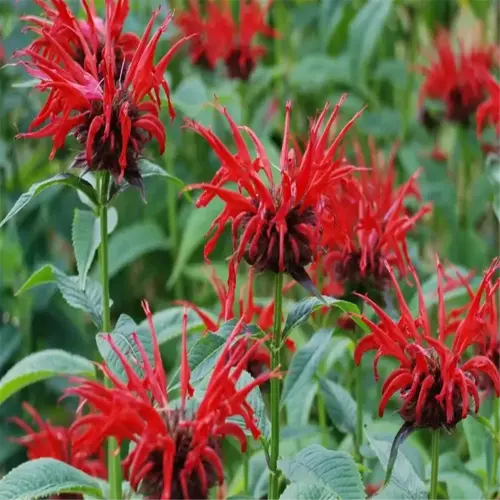What soil is best for full sun annuals?

Written by
Kiana Okafor
Reviewed by
Prof. Martin Thorne, Ph.D.Planting full sun annuals requires well-draining soil that has been amended with 3 inches (7.6 cm) of compost. You may find peat moss helpful in sandy soils to hold moisture and perlite helpful in clay soils for aeration. A pH of 6.0-7.0 is optimal, and home testing kits available at garden centers eliminate any guesswork. I have rescued the roots of compacted clay beds using these amendments according to the ratios.
Basic Mix
- Layer 3" (7.6 cm) compost over planting area
- Till amendments 8-12" (20-30 cm) deep into soil
- Rake smooth before planting
pH Balancing
- Add lime if pH <6.0 (1 lb/10 sq ft)
- Use sulfur if pH >7.0 (0.5 lb/10 sq ft)
- Retest soil 2 weeks after adjusting
The practice of mulching matters, especially in full-sun situations. Organic mulching materials, like shredded bark, lend themselves to moisture conservation and cool the roots. Recently, a client's zinnias made it through 100°F (38°C) temperatures in a 2" (5 cm) thick mulch, however, rocks should be avoided since they track heat. In very hot environments, replace any mulch each month to maintain their moisture-conserving, root cooling benefits.
Drainage Fixes
- Create raised beds for clay soils
- Mix coarse sand into dense soil
- Install French drains in soggy areas
Nutrient Boosts
- Side-dress with worm castings monthly
- Use fish emulsion for quick nitrogen
- Add banana peels for potassium
Conduct soil tests annually as they help reveal underlying issues. When a gardener experienced struggling marigolds, the soil was perfect in terms of pH but had zero phosphorus. By adding bone meal three times a year, they had tripled their blooms! Take your soil test results to the internet! Share it with gardeners and tag local or online gardening groups where your neighbors are located to compare notes. Healthy soil means limitless blooms!
Read the full article: Full Sun Annuals: Blooms That Thrive in Sunshine

